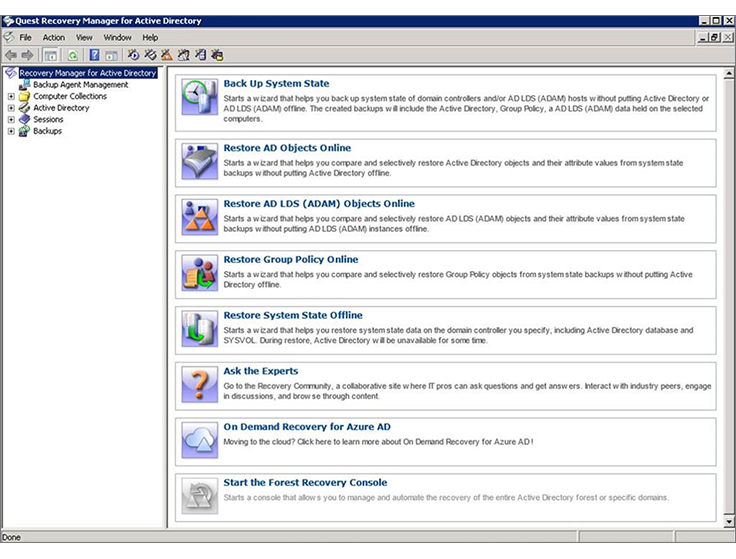The main trends in the development of telecommunications in the era of the annoying pandemic

October 28 France gone in the regime of self-isolation, Germany did the same, albeit with milder conditions. Probably, within a couple of weeks, other countries will establish a quarantine regime – for example, Spain, which has already closed some regions.
It is clear that all this will have very strong consequences for various business sectors, including IT. Despite the crisis, manufacturers’ revenue from sales of equipment for deploying cloud infrastructure is growing. Telecom tendencies during this difficult period are discussed in the article.
The cost of companies for equipment for cloud services is growing
According to Idc experts, the revenue of manufacturers of network equipment, including servers, storage systems, switches, is gradually growing. The explanation is simple – businesses and government agencies need to rapidly develop telecommunications in order to withstand the growing load on the network. Accordingly, costs for some companies and profits for others are growing.
Thus, an increase in revenue from sales of equipment for cloud infrastructure compared to last year amounted to 34.4%. But the same indicator for equipment that is not associated with IT infrastructure decreased by 8.7% in comparison with the previous year.
With regard to public cloud services, here expenses for the year grew by 47.8%, reaching $ 14.1 billion. Analysts say that this year, this type of expenses for the first time exceeded the costs of traditional IT infrastructure. Well, as the pandemic develops, the growth of “clouds” will continue. According to experts, by the end of the year business expenses for this segment will amount to approximately 54%.
Main drivers of growth
The trends in question were already clearly visible in the spring – the market reacts very actively to changes in all spheres of work and life. Distance education has become popular, telemedicine is developing, and the number of entertainment services is increasing. This could not but affect the increase in purchases of network equipment and everything related to the clouds. According to analysts, by the end of this year, business and government spending on platforms for cloud infrastructure will grow by 50.9%, reaching $ 37.7 billion. The market for enterprise storage and Ethernet switches is growing the most actively.
These trends showed themselves not in any one region, but in almost all countries, including Europe, China and the United States. In the last two regions, the annual growth rate was 60.5% and 36.9%. At the same time, public clouds are developing much faster than private ones. By the end of this year, their revenue will increase by 15% to $ 52.4 billion.
Generally speaking, by 2024, spending on cloud IT infrastructure will increase to $ 109.3 billion, which is about 63.6% of the total spending on IT infrastructure. Private cloud infrastructure spending will increase by an average of 9.3%.
The demand for hybrid solutions has also increased. The fact is that most companies, both small and large, have heterogeneous IT infrastructures. Therefore, companies choose multicomponent media for optimization, use dedicated infrastructures in commercial data centers.
Most of the companies that have started using cloud infrastructure have appreciated the benefits it provides. So, someone has dramatically increased the use of internal IT services, so it was necessary to urgently expand capacity. And some, on the contrary, have a less active business than at the very beginning of the year, so such a company uses less clouds. Consequently, a flexible infrastructure allows you to quickly reduce load and save money.

And what about Russia?
It is not surprising that the cloud services market in Russia is also growing – it increased by 24.8% this year, exceeding analysts’ expectations. It is clear that most of the forecasts were made last year, so they are somewhat behind the real indicators. In the Russian Federation, as elsewhere in the world, the public cloud market prevails – its share is 85% in the cloud solutions market. Microsoft owns the lion’s share of this market.
In 2019, the revenue of the 10 largest domestic suppliers SAAS (Software-as-a-Service) increased by 48% compared to 2018. In absolute terms, the market volume increased for 48 billion rubles. As for the IaaS market in the Russian Federation, its volume was two times less. The revenue of the top 10 companies from the Russian Federation amounted to about 24 billion growth. If we take the top 100 companies, then the total volume of their revenue in the Russian Federation at the end of last year increased by 22%.
Cloud technologies have become especially in demand in such areas as financial services, telecommunications, manufacturing, pharmaceuticals, and the automotive industry.
By the way, according to Mail.ru, now business and ordinary users are increasingly interested in such tools as cloud technologies, corporate messengers and mail, portals and chatbots. According to company representatives, only six months ago, none of these technologies were in the reports of analysts, but now they have taken first places in these reports.
Fixed line – is everything good with it?
In general, yes. Business and government understand that when fast Internet is needed, fixed lines come to the rescue.
“Telecom is not just a socially responsible business – without us, self-isolation is impossible in principle. We help to cope with stress, organize communication with loved ones, ensure the supply of food and medicine, establish interaction – all this is possible only thanks to the Internet. And the fact that we have a high level of broadband penetration in our country turned out to be important, ”said a representative of one of the largest IT organizations in the country.
But, unfortunately, many providers and operators are losing revenue. So, due to the fact that many services were provided free of charge, the drop was 5-10%. True, in the conditions of the second wave of quarantine, the beginning of rapid growth is possible, which will cover the drop in revenue.
On the other hand, can’t forget about the initiative of the Russian government in terms of providing free access to socially significant resources. Operators, albeit without much enthusiasm, began looking for solutions that would help fulfill this initiative.
What’s next?
The spread of the virus can be stopped in one way or another. Unfortunately, not all businesses will be able to survive the second wave of coronavirus – their economic conditions are too difficult. The maximum risk is for a small service business. However, most companies will still return to work.
But do not expect that the use of cloud services such as remote learning, etc., will decrease. No, users loved telecommuting – and many just won’t want to go back to their offices.
Many employers also liked remote work – in this case, no one is late for work, you can contact a person at any time. Probably, in the near future, new companies that did not manage to do this at the beginning of this year will switch to remote work. And then the load on the networks will increase even more.
There is only one way out – to buy new equipment, build networks and lay cables. Administrative measures alone cannot help here.
In light of the pandemic and remoteness, take a closer look at the centralized network management system Zyxel nebula… It is an ecosystem of hardware and software components that will help you not only deploy your network REMOTE, but also manage and scale. Any “Uncle Vasya” can hook the access point to the ceiling in the branch office and plug RJ-45 into it, and the administrator connects to the point remotely, configures it and controls the parameters of its operation. It’s the same with switches and firewalls.

Ask a question to specialists, request equipment for testing, and in general, it is convenient in our telegram – t.me/zyxelru…
Welcome!





